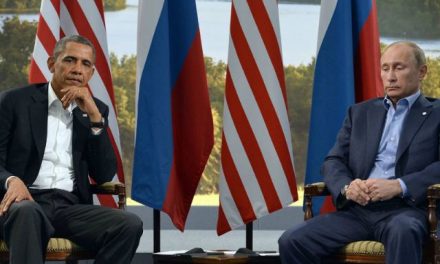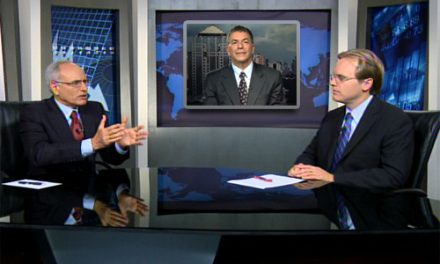
By Douglas Davenport
Weiss Research
The federal government has been shuttered for a week now, and many investors fear lawmakers won’t agree to a deal to raise the debt ceiling by the Oct. 17 deadline, possibly sinking the country’s credit rating and causing a debt default.
I think these fears are overblown because the government still takes in more than enough money to service its interest payments.
However, I have been surprised at the way investors are reacting to this turn of events. Supposedly, they’re concerned about the quality of U.S. government debt. Yet they can’t seem to get enough Treasury bonds, notes and other IOUs.
To illustrate this, imagine that your neighbor is up to his eyeballs in debt, and paying his bills by borrowing money from folks in the neighborhood. He has enough income to pay back the interest on the loans, but everyone knows there’s no way he’ll be able to pay back the principal.
Your neighbor’s expenses continue to rise, but he refuses to downgrade his extravagant lifestyle. Instead, he decides to borrow more money from another set of neighbors, but he promises to pay them back both the interest and principal.
You would probably be outraged by his behavior, and you certainly wouldn’t agree to lend him any more money. But bond investors are doing exactly that — scooping up exactly the debt obligations that they’re worried about being downgraded.
Meanwhile, gold — which should be rising as fearful investors search for safer options — is stuck in neutral.
I don’t know whether to laugh or weep at this lunacy. How can so many be so oblivious to the staggering amount of debt with which our politicians continue to saddle us?
How and When Will This Madness End?
The sad truth is that investors tend to go mad en masse, but come to their senses slowly, and one by one. Judging from their current delusions, there’s no telling how long the markets can remain irrational.
It’s clear to me that the status quo will continue indefinitely. The Federal Reserve will stay on its course of monetary stimulus, without any major effect on prices. If four rounds of quantitative easing haven’t produced runaway inflation, why does anyone believe that continuing the policy will somehow spark a huge run-up in prices in the future?
Meanwhile, there will be no structural changes to the U.S. economy, nor will there be any reform of the regulations that are impeding companies from expanding and hiring.
In the commodities market, too, major changes are unlikely. Gold will continue to be stuck in a broad sideways pattern, in which dips get bought and rallies get sold. I don’t anticipate gold breaking out in either direction until I see something different in the price charts.
This type of trading is indicative of a larger problem — hedge fund computers have destroyed what little integrity was left in the financial markets. When I see silver implode one day and shoot back up the next, it tells me that the market system is completely dysfunctional, just like our political system.







